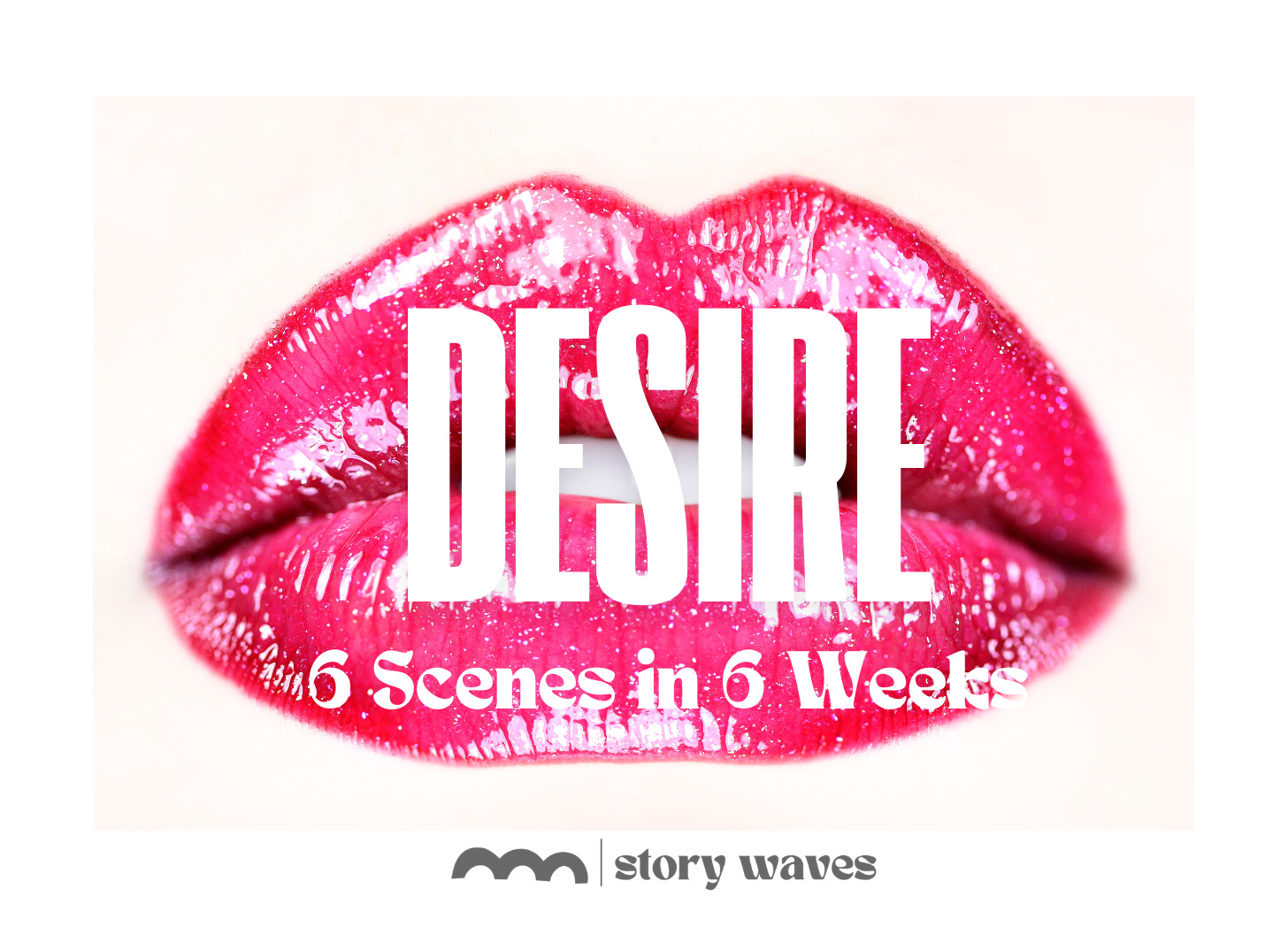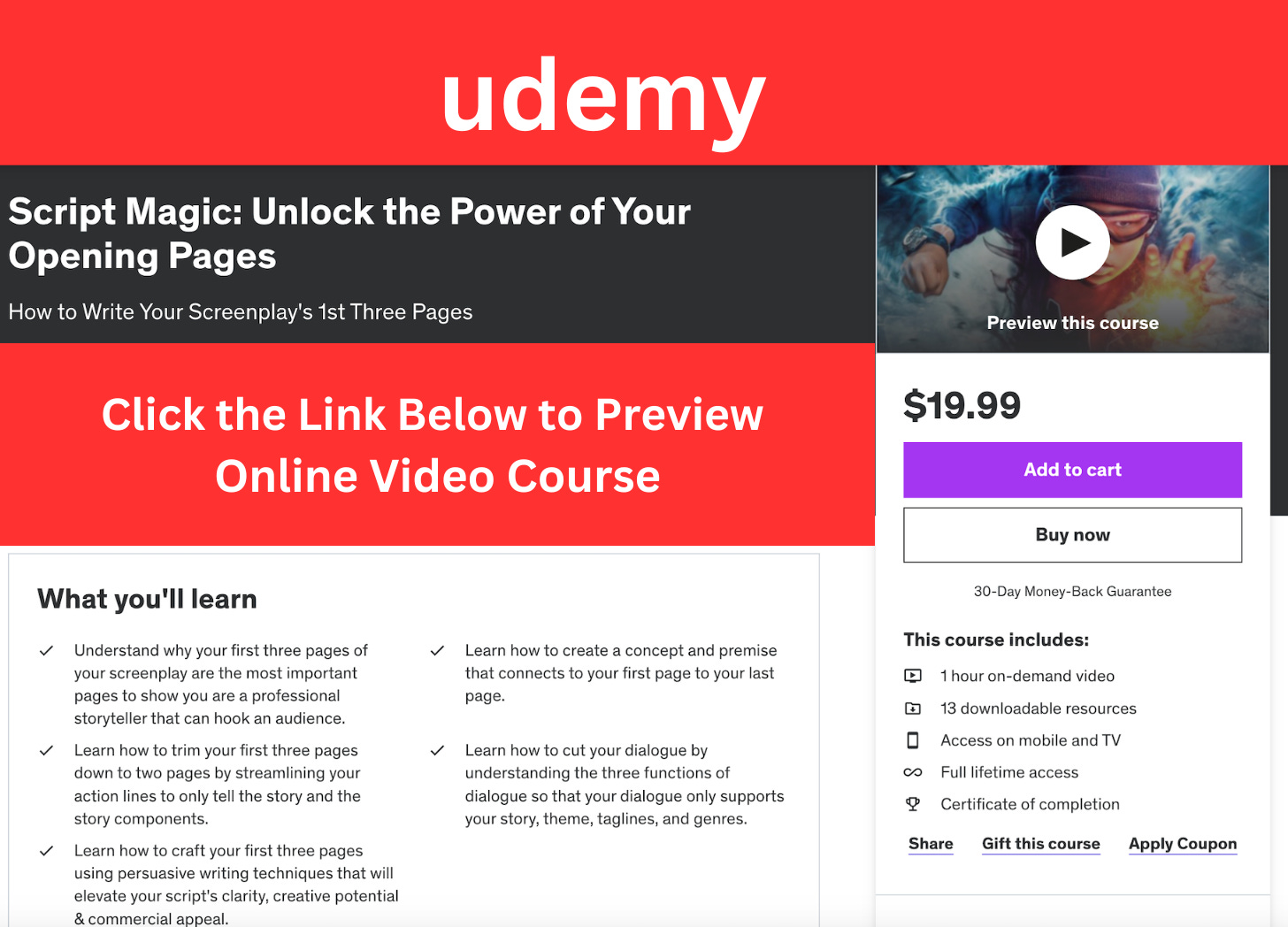In every compelling story, the Desire Line acts as the spine that holds the narrative together. This is the singular driving force that propels your protagonist forward.
Although the Desire Line is listed as Story Beat #4, it’s essential to determine this early because it answers the most critical question: “What does my character want?”
A well-developed Desire Line guides the plot from start to finish, building intensity with each scene, and forces the protagonist to confront their weakness or need along the way.
This article will walk you through the mechanics of crafting a Desire Line, connecting it to the protagonist’s internal weakness and need, and exploring how different genres interpret this structure through examples from iconic films.
What is the Desire Line?
At its core, the Desire Line is “one specific goal” that the protagonist chases from the moment the Inciting Incident kicks the story into motion. It is not a vague life aspiration but a clear, attainable objective that becomes the main focus throughout the plot.
Each scene in the story should deepen this Desire Line, with obstacles forcing the protagonist to intensify their pursuit (and their desire), revealing their emotional journey.
In AMERICAN BEAUTY (1999), Lester Burnham’s desire line is straightforward: he wants to seduce a teenage cheerleader, Angela, his daughter’s so-called best friend.
This obsession (Desire Line) becomes the goal that structures the entire story.
What makes the Desire Line compelling is not just the objective itself, but the “obstacles”—Lester’s age, his marriage, and his stagnant life—that make it difficult to achieve.
The Source of the Desire Line: The Inciting Incident
The Inciting Incident is the external event that disrupts the protagonist’s life, creating a new opportunity—or necessity—for them to pursue their goal. This incident is crucial because it bridges the character’s “weakness/need” (Story Beat #3) to the Desire Line (Story Beat #4).
The protagonist often begins the story “paralyzed by fear, regret, or a sense of failure,” haunted by a “Ghost from their past.”
The Inciting Incident opens a door, allowing the character to develop a plan and take action. In other words, it gives the protagonist a chance to “make the Ghost right” by addressing their deepest need or weakness through their new desire.
Connecting the Weakness/Need to the Desire Line
The Desire Line is a reflection of the protagonist’s “internal weakness and unresolved need.” So, a well-developed protagonist isn’t just chasing a goal for external reasons—they’re also trying to
“heal from their past,”
“fix a mistake,” or
“prove something to themselves or someone else.”
And most likely, it’s all of the above.
In WHIPLASH (2014), Andrew Neiman’s obsession with becoming one of the greatest jazz drummers is fueled by an unresolved need: “to prove his worth and gain validation.”
Andrew’s Ghost Story is rooted in insecurity, a fear of being mediocre and forgotten, like his father. This internal flaw drives his desire line to perfectionism, and the external obstacles (his mentor’s abusive teaching methods) force him to push harder at the expense of his mental and physical health. The more he chases his goal, the more the story reveals the true cost of his weakness.
Examples of Desire Lines Across Genres
1. Freedom from Slavery (Internal or External Conflict)
In stories where the theme revolves around slavery to freedom, the protagonist’s desire line often involves escaping an oppressive situation—whether it’s psychological, societal, or literal.
This genre forces the hero to recognize that they have been their own worst enemy, trapped by their weakness or fear. They have caused the situation they are in.
In these narratives, the single driving force is freedom, and every scene builds toward that goal. Along the way, the protagonist must confront their past failures and overcome the belief that they are powerless.
2. The Myth Genre: Discovering Destiny
In myths, the Desire Line is delayed, as the protagonist typically receives a talisman or object of power that symbolizes their identity and future destiny. The story involves a journey toward self-discovery, and the Desire Line represents the character’s destiny—what they were born to do.
For example, in THE HUNGER GAMES (2012), Katniss Everdeen’s initial goal is survival. However, as the story unfolds, her Desire Line shifts—she begins to understand that her destiny is larger than survival. She is meant to inspire rebellion and challenge the oppressive regime, ultimately transforming from a reluctant participant into a leader.
Myth stories follow the cycle of “birth, death, and rebirth,” symbolizing the transformation of the soul.
3. The Love Story: Desire that Changes the Soul
In love stories, the protagonist often chases two parallel desires: love and success. The love story structure reveals how the protagonist’s pursuit of romance affects their entire life, forcing them to confront internal flaws and grow emotionally.
The Desire Line in a love story is one of the most intense, as it’s the force of the protagonist's desire that transforms their soul.
In SIDEWAYS (2004), Miles has two desires: to get his book published (success) and to find a meaningful romantic connection (love). His weakness is that he pretends not to care about either, having given up hope. However, his interactions with Maya push him to confront his insecurities and realize that real love and ambition can coexist.
The story’s Desire Line drives Miles to reconnect with both love and purpose, showing that emotional vulnerability is essential for true success. A universal truth.
Building the Desire Line Across Scenes
A strong Desire Line doesn’t remain static—it builds and intensifies throughout the story. Each scene should push the protagonist closer to or further away from their goal, increasing the stakes and emotional tension.
To sustain this momentum, every scene must introduce new challenges or reversals that force the protagonist to adapt and grow.
See the ADD WATER method for building scenes.
In WHIPLASH, Andrew’s desire to become the best drummer pushes him through a series of escalating challenges—each scene reveals another layer of his obsession (Desire Line). His mentor, Fletcher, acts as both an obstacle and a motivator, forcing Andrew to push himself beyond his limits.
However, the true conflict lies within Andrew’s own psyche: Can he achieve greatness without beating himself?
Conclusion: One Singular Driving Force
The key to writing a powerful Desire Line is ensuring that it aligns with the protagonist’s internal weakness and need. Whether it’s a story about escaping oppression, discovering destiny, or finding love, the protagonist’s goal should serve as a vehicle for “personal growth and transformation.”
A well-developed Desire Line starts small and “builds in intensity through each scene,” forcing the protagonist to face both internal and external obstacles.
At the same time, the story should reveal that what the protagonist “thinks they want” may not be what they “truly need.”
When writing your story, always ask: What does my protagonist want, and how does this desire connect to their past mistakes, emotional flaws, and needs created by a haunting past event?
By tying the Desire Line to your character’s weakness and need, you’ll create a story with emotional depth and resonance—one where every scene feels purposeful and compelling.
Why subscribe?
Story Waves is a reader-supported publication. To receive new posts and support my work, consider becoming a free or paid subscriber.
Udemy: Click to Preview the Online Video Course.
Subscribe to Story Waves!
Story Waves is a reader-supported publication. To receive new posts and support my work, consider becoming a free or paid subscriber.
Subscribed
Access screenwriting and storytelling lessons.
Get the discounted $79 ANNUAL subscription or $8/month to receive:
Growing Archive of all Story Wave posts, writing workshops, teaching videos, downloadable class notes, and templates
Join Story Waves Writing Challenges
Story Waves Community of writing support and paid posts
Get the discounted $159 FULL ACCESS subscription to receive:
Access to STORY GROUP and work with me every first Sunday of the month, 2-3:30 pm EST, where I demo page rewrites live from volunteers and teach from my Story Waves lessons.
Receive a $100 discount on all Story Consultations.
p.s. Replays will be available for workshops. Watch them at your convenience.
✨ Invest in yourself and your Story! Commit to one year with my guidance and get the discounted annual subscription. You, your writing, and your career are worth it.
Thank you for supporting Story Waves! Consider becoming a paid subscriber and get the benefits of Story Group and Story Consultation discounts. See FULL ACCESS.
Subscribed
I look forward to reading your stories and connecting in 2024!
Best wishes,
Kelly E. Keough







